New York designer Leon Ransmeier is the brains behind the Chiaro chair for Matiazzi, presented at Milan Furniture Fair and launched in Australia at Melbourne Indesign. Leon tells Alice Blackwood how ordinary can be extraordinary, and why machine-cut dovetails once got him in trouble.
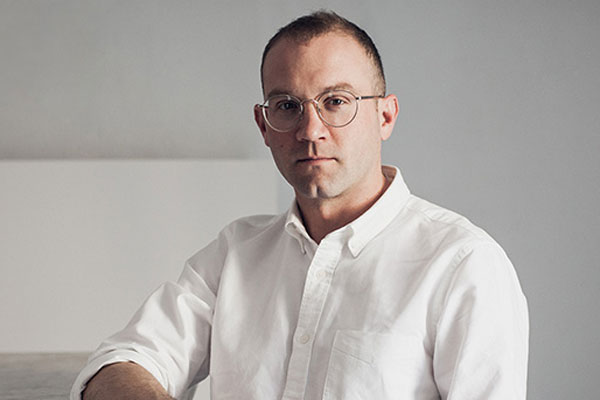
September 12th, 2014
AB: You work with a number of design brands, including Hay and Herman Miller. Tell me about this new project, the Chiaro for Mattiazzi?
LR: This was my first project with them, so that’s super exciting. Their quality is phenomenal and their roster of designers is quite impressive.
Chiaro – the word means ‘straightforward’ or ‘clear’ in Italian. From the very beginning I wanted the chair to have a sense of reliability, and I really believe in radical sculptural design and I believe that if it’s well executed it can be very intuitive and pleasurable.
But in this case the familiarity of the chair engenders a sense of trust. I think that quite often our past experiences with objects can legitimize the expectations we have of them. So, if you know it well you trust it, and that creates a psychological comfort.
I talk about that pair of shoes you wear everyday, they’re comfortable, elegant and look good with different pants – and that’s really this, Chiaro is really an everyday chair.
AB: What about materiality? Tell me about producing the Chiaro in timber (oak and ash)?
LR: The material has to be appropriate for its role and its use. I did study in a furniture design program and it had a very strong emphasis on woodworking.
AB: So working with wood was not a completely new process for you?
LR: Oh but I hated it – I made my teacher miserable! We were supposed to cut dovetails so I actually found a machine that would cut them for me and brought in my machine-cut dovetails. But everyone else had made these hand-cut ones and my teacher was really angry.
AB: Oh really? But why?
LR: Well a hand-cut dovetail has a little bit of imperfection to it, and that’s part of what makes it beautiful. It’s like handwriting in a way. I [do] appreciate that stuff. Woodworker George Nakashima, for example, is a huge inspiration to me and I love going to his studio in Connecticut. I’ve been 3 times and it’s just – it’s like a shot in the arm. It’s amazing.
AB: So tell me about working with Mattiazzi.
LR: They’re really wonderful people. They’re incredibly efficient. The design process for this chair was roughly 7 months, and in comparison to the other projects that I work on that’s very fast.
They can turn around a prototype in a day. I mean they’re incredibly fast and it’s beautiful. There was a lot of very fast design decision-making happening and that was very exciting.
This particular project is an interesting collaboration for Mattiazzi because they’re very well known for extremely sophisticated CNC manufacturing which is quite incredible but this chair actually doesn’t use any of that – because the premise of the chair is so straightforward that the concept is also translated into the joinery. So the connections between the different components are very uncomplicated and, because they’re uncomplicated, they’re also very easy to assemble.
AB: So, not too much dovetailing then.
LR: No dovetailing. It’s a very efficient chair to produce.
Chiaro was launched in Australia at DISTRICT, during Melbourne Indesign, 22 – 23 August 2014.
DISTRICT
disctrict.com.au
Leon Ransmeier
ransmeier.com
INDESIGN is on instagram
Follow @indesignlive
A searchable and comprehensive guide for specifying leading products and their suppliers
Keep up to date with the latest and greatest from our industry BFF's!

In an industry where design intent is often diluted by value management and procurement pressures, Klaro Industrial Design positions manufacturing as a creative ally – allowing commercial interior designers to deliver unique pieces aligned to the project’s original vision.
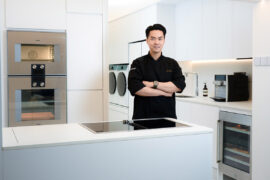
Now cooking and entertaining from his minimalist home kitchen designed around Gaggenau’s refined performance, Chef Wu brings professional craft into a calm and well-composed setting.

Merging two hotel identities in one landmark development, Hotel Indigo and Holiday Inn Little Collins capture the spirit of Melbourne through Buchan’s narrative-driven design – elevated by GROHE’s signature craftsmanship.

At the Munarra Centre for Regional Excellence on Yorta Yorta Country in Victoria, ARM Architecture and Milliken use PrintWorks™ technology to translate First Nations narratives into a layered, community-led floorscape.
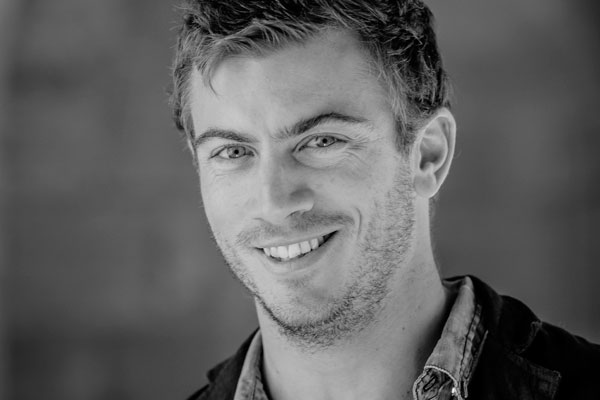
Elana Castle chats to Matt Delroy-Carr, the creative director for Australia at the Venice Architecture Biennale, amongst other things.
Come wine with me – a complimentary wine tasting event matched with a selection of canapés hosted by the entertaining sommelier from the winery.
RSVP 14th Sept. foodwineanddesign.com.au
The internet never sleeps! Here's the stuff you might have missed
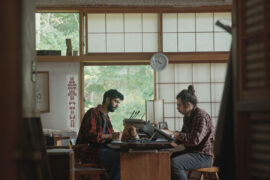
AHEC has produced a documentary exploring forestry and stewardship through long-term forest management and human responsibility.
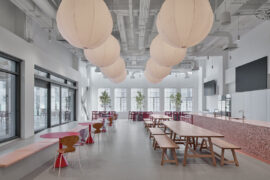
The new headquarters for Omnicom in Melbourne’s CBD sees heritage re-invigorated with style and finesse.